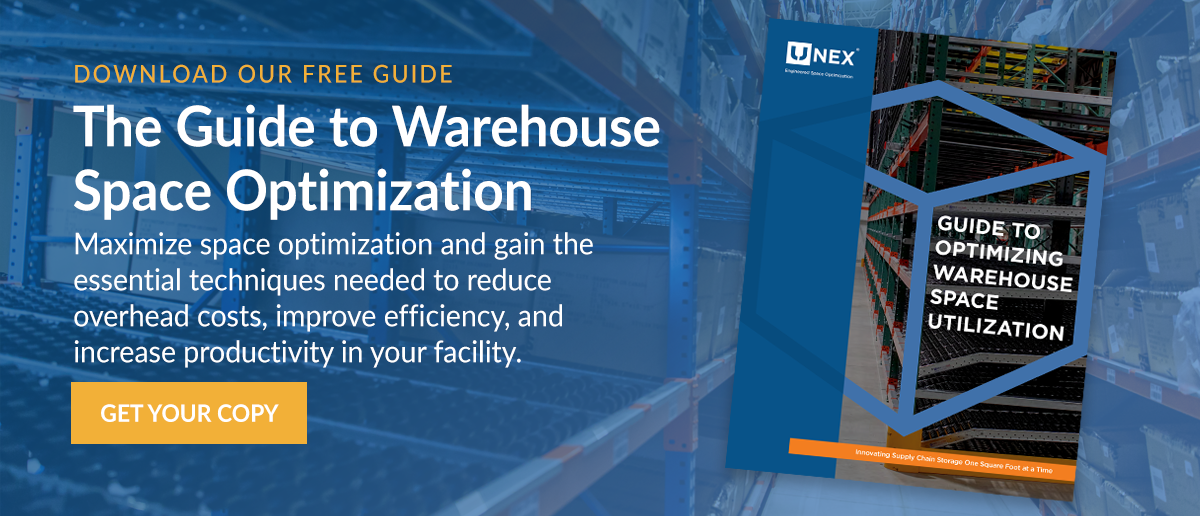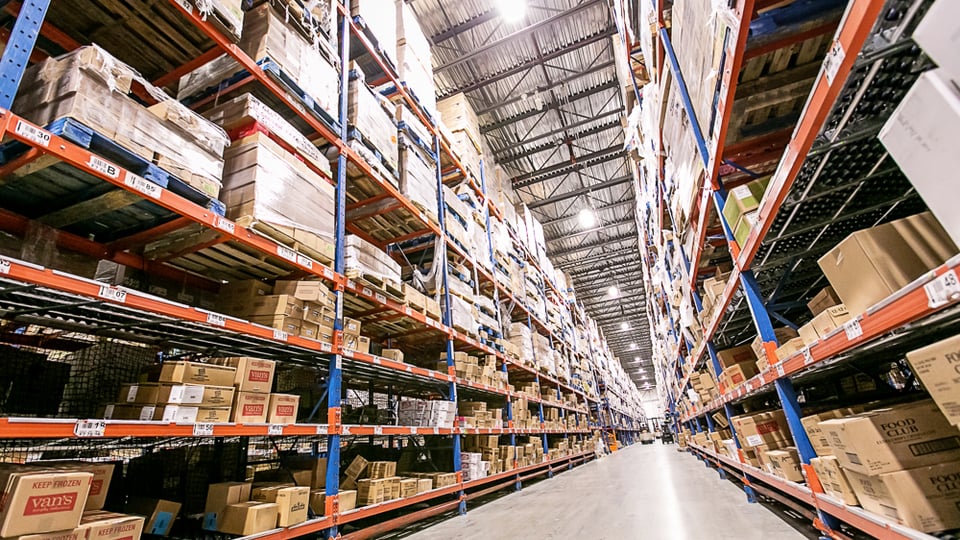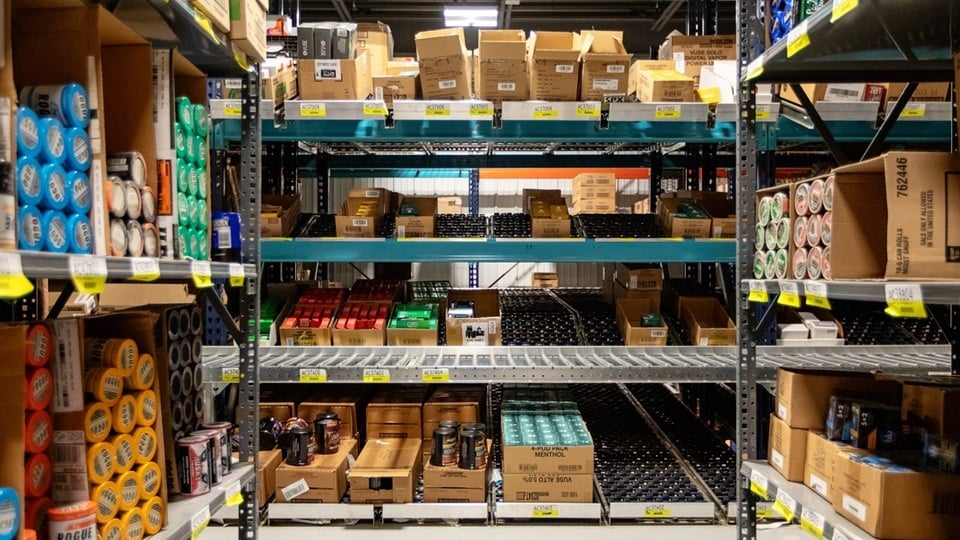Challenges for Third-party Logistics Providers And Storage Solutions
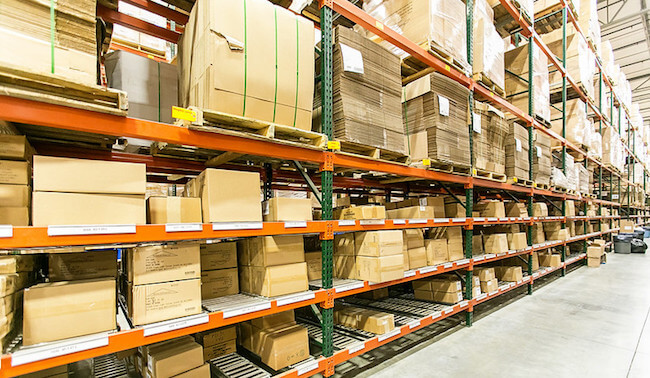
A $213.5 billion-dollar industry in the U.S. alone,1 third-party logistics providers (3PLs) allow e-commerce merchants to outsource eCommerce logistics processes. With a 3PL as a partner, e-commerce businesses can entrust the following tasks to reliable logistics professionals:
- Receiving - Receive inventory and store items in fulfillment centers. Each SKU has a separate dedicated storage location, either on a shelf, in a bin, or on a pallet.
- Picking - Inventory tracking, so orders can be sent to the picking team and they can find the appropriate items, quantities, and storage locations at the facility
- Packing - Securely package materials for distribution.
- Shipping - Purchase/print shipping labels and coordinate with carriers such as DHL, USPS, and UPS to pick up and deliver orders.
- Returns - Restock or dispose of the item.
As more companies are turning to 3PLs to keep up with consumer demand, 3PLs have to constantly pivot and adjust their operations to adapt to the fluctuating demands and consumer behaviors to keep operations running smoothly.
Here are some common challenges that 3PL providers face, and how the right storage system can help to overcome them.
Learn how to Overcome 3PL Challenges with Smart Storage Solutions! Get the guide.
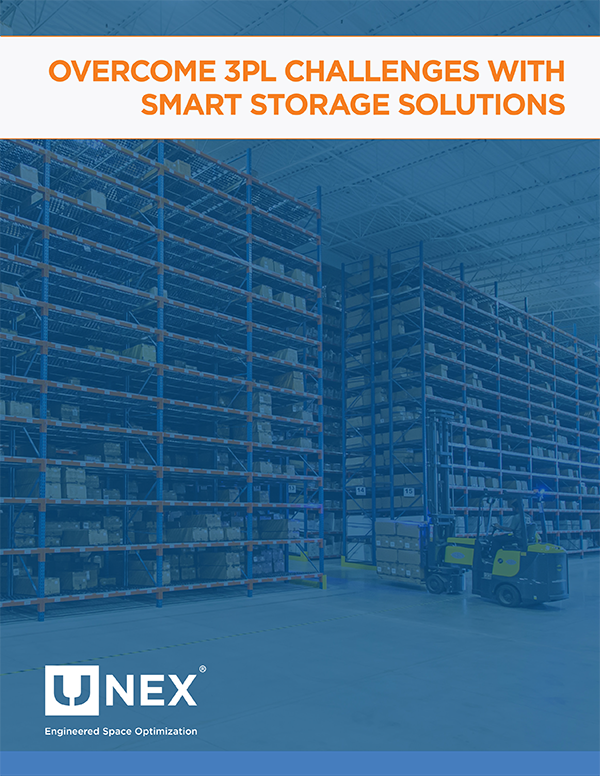
1. Warehouse Capacity
Most warehouses, distribution, and eCommerce order fulfillment centers are built according to the needs and requirements at the time of construction. But, what’s best for a business five, or even one, year ago, may not be what it needs to operate at its peak efficiency today. Third-party logistics is an ever-changing industry and ensuring the proper capacity to accommodate trends is a challenge when confined to a stagnant space like a warehouse.
According to Inbound Logistics, capacity was a major challenge for 3PLs in 2018, with 76% of interviewed 3PLs reporting it as an issue. Back in 2019, that number only dropped to 65%, making it one of the biggest challenges 3PLs face on a daily basis.2
Implementing a customizable storage solution is a simple workaround to the capacity challenge. A right-sized, flexible storage system will allow 3PLs to maximize the use of existing space by adapting to the unique footprint of a warehouse, allowing staff to store products efficiently, and easily adjust to increase inventory or accommodate larger or smaller SKUs. For example, 3PLs can leverage a carton flow system like SpanTrack to effectively store products with a wide variation in size and weight. Because this solution can drop into existing pallet rack, it’s not only easy to install, it supports efficient workflows by creating FIFO storage lanes for pickers.
2. Shifts in E-Commerce Demand
Consumer expectations are constantly changing. For example, COVID-19 has forced logistics companies to develop eCommerce order fulfillment and delivery options to meet expectations following stricter safety regulations, contactless operations, and more to protect both workers and customers. Even factors like seasonality can cause a company to pivot to accommodate a surge in demand for a specific type of product.
Another major force on consumer expectations is e-commerce giant, Amazon. Because of Amazon, the average eCommerce shoppers now expect:
- Total, real-time visibility of available inventory 24/7
- Nearly unlimited product choices
- Free two-day shipping guaranteed almost anywhere in the U.S.
- Additional shipping options such as same-day—or within hours
- Options to have products delivered or available for in-store pickup
- 100% accurate, fast, and perfectly branded fulfillment of orders
- Real-time visibility into product tracking and delivery
- The ability to change the final destination of a product in mid-delivery
- Easy to follow and 100% hassle-free returns of products3
As a 3PL provider, it’s important to adapt to new processes within the warehouse while maintaining peak throughput. Using a flexible storage solution to prioritize frequently purchased items in the warehouse is an excellent starting point. With the right storage, companies can determine what is the easiest spot to pick based on how often you pick them and place the most frequently purchased items in those areas. Having a clearly-defined, organized space makes products easier to find/prioritize.
3. Finding and Retaining Qualified Workers
In a customer-centric industry like logistics, providing the best level of service is key to success and having qualified staff is critical to remaining competitive.4 However, acquiring qualified staff has become a larger concern than in previous years for 3PLs. Inbound Logistics also reports that in 2018, 60% of survey respondents listed finding, training, and retaining qualified labor as a challenge they face. In 2019, that number increased to 64%.5 Staff deficiencies could lead to damage to a brand’s reputation, prohibit business growth, and increase labor costs, among other things.
While a storage system can’t go through the lengthy process of hiring and training workers, it can help companies boost the productivity of current staff by maximizing storage space to reduce travel, search, and fulfillment times. For example, implementing a high-density storage solution like SpeedCell condenses storage capacity, which increases pick facings, resulting in less time needed to travel and search for products to fulfill orders. This can lead to reduced labor costs up to 40%, without having to hire and train new employees. Additionally, an organized approach to product storage makes training new employees quicker. With clearly-labeled pick facings and warehouse aisles, new staff will have an easier time knowing where to go when picking orders.
4. Technology Advancements
With digital transformation making waves across almost every industry, 3PL providers are feeling the pressure to leverage automated technologies to maintain a competitive stance in the industry. While the latest technology advancements, such as cloud-based systems or automation, can help improve operational efficiency, it isn’t a decision to take lightly. Implementing digital technology is a major investment, costing funds and resources to effectively install. To make a business case for upgraded technology, leadership in 3PL companies need to see the return on investment (ROI) - and quickly. Unfortunately, the cost of entry for a lot of the latest automation technology isn’t a viable option, especially if the 3PL company is at risk with its contracts.
Alternatively, the ROI of a manual storage system is usually less than a year, so it usually falls within the parameters of the typical contract. Manual storage options also don’t require electricity like automated storage systems, such as AS/RS (automated storage and retrieval systems). This makes it more cost-effective, while still providing benefits of digitalization such as increased throughput, boosted productivity, and reduced operational costs. Manual storage systems are also more easily scaled, so if the business is rapidly growing, it’s less expensive to add or reconfigure storage solutions to accommodate the growth.
Overcome 3PL Challenges with Smart Storage Solutions
Implementing innovative storage solutions into your logistics operations is a simple way to optimize your warehouse space for increased productivity and quick order fulfillment. Not sure exactly what type of storage solution you need to overcome your company’s unique logistics challenges? The space optimization solutions experts at UNEX take a consultative approach to help you choose the right solutions to take your business to the next level.
Sources:
[1]. https://www.3plogistics.com/3pl-market-info-resources/3pl-market-information/global-3pl-market-size-estimates/
[2]. https://resources.inboundlogistics.com/digital/issues/IL_Digital_July2019.pdf
[3]. https://info.3plcentral.com/2020-state-of-the-third-party-logistics-industry-report-pillar
[4]. https://www.slideshare.net/acoxdatex/labor-shortages-in-the-supply-chain-workforce
[5]. https://resources.inboundlogistics.com/digital/issues/IL_Digital_July2019.pdf

